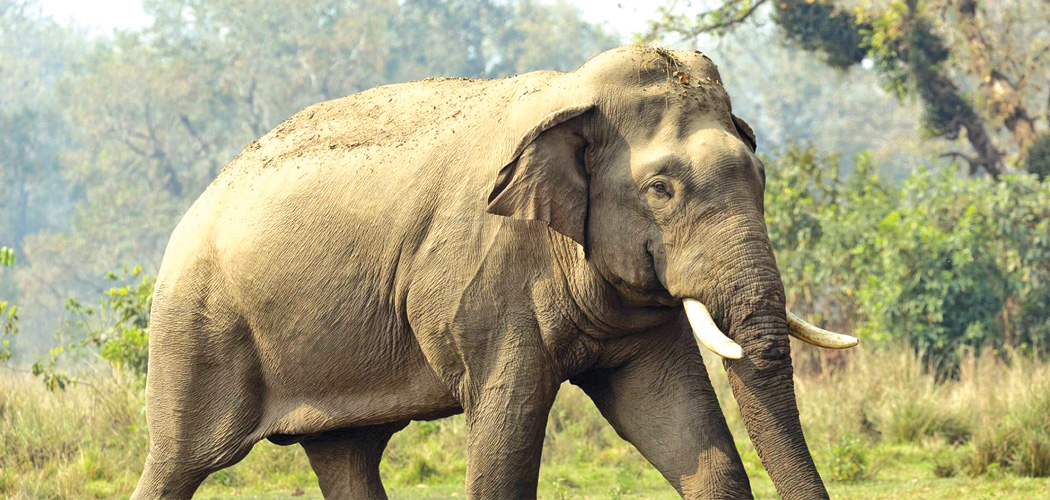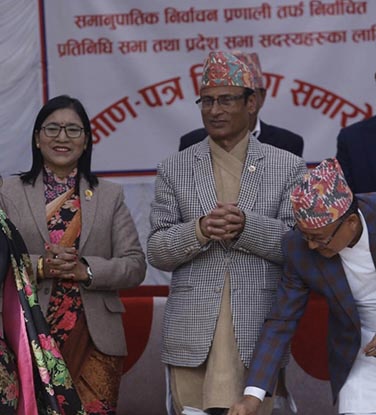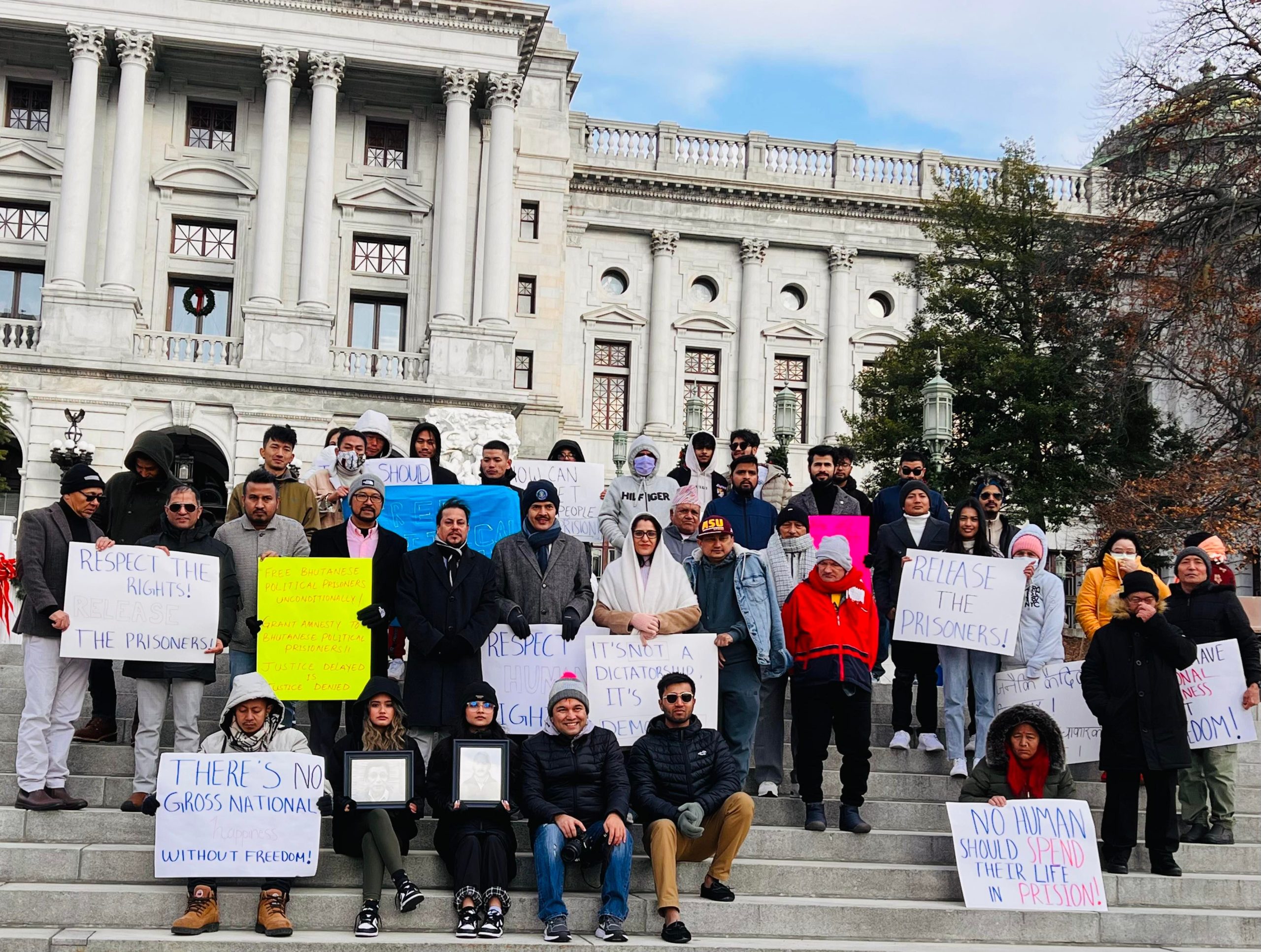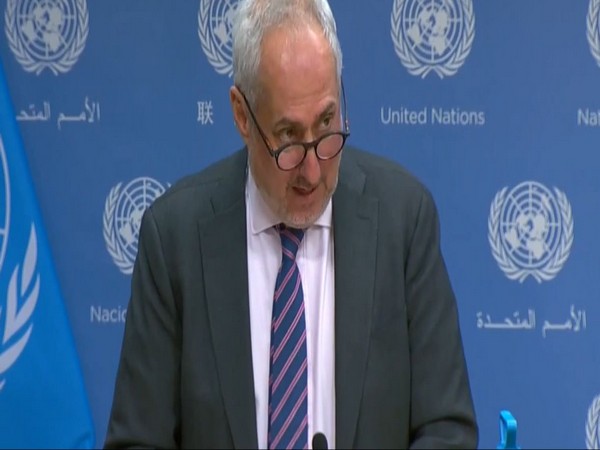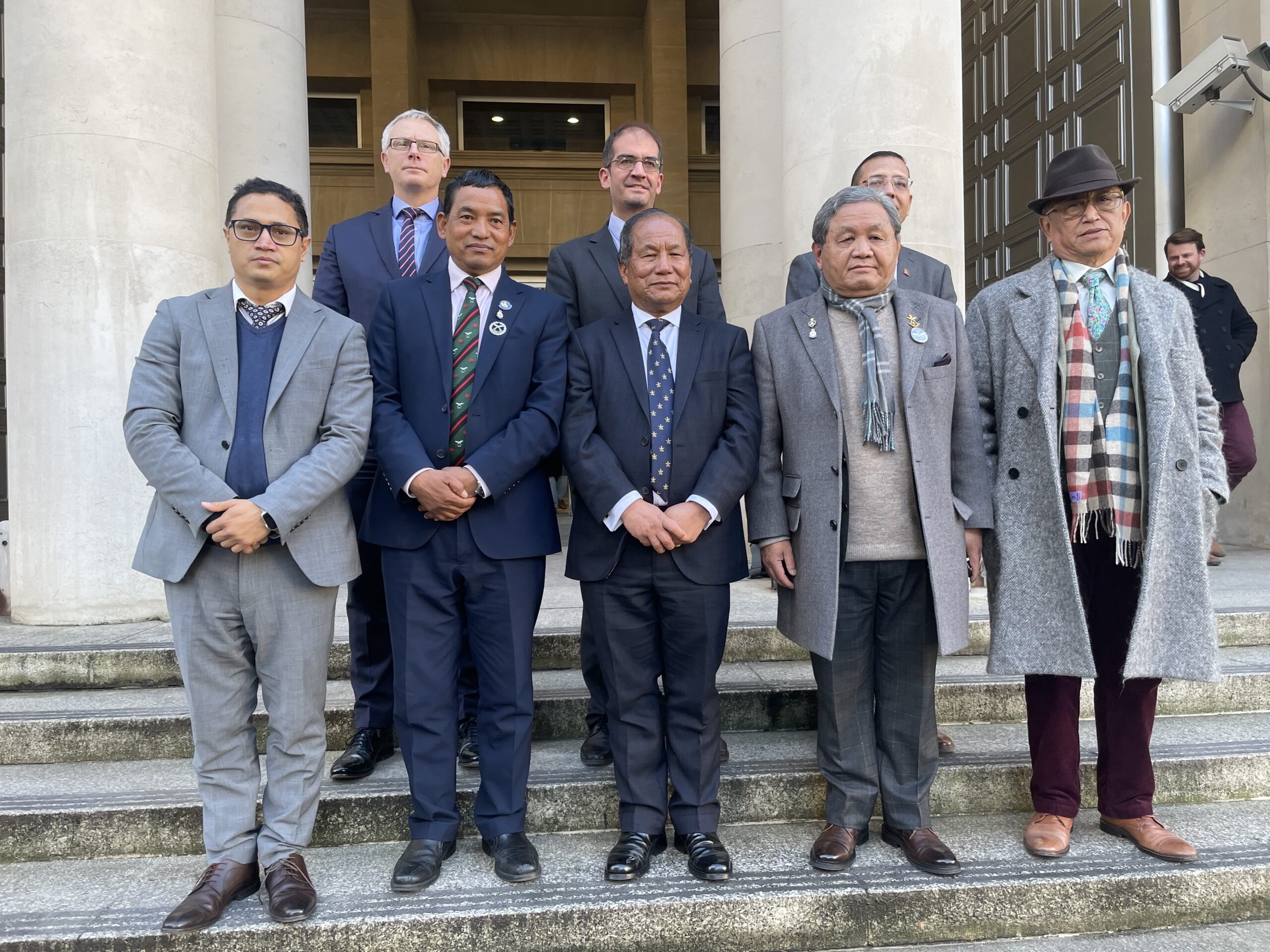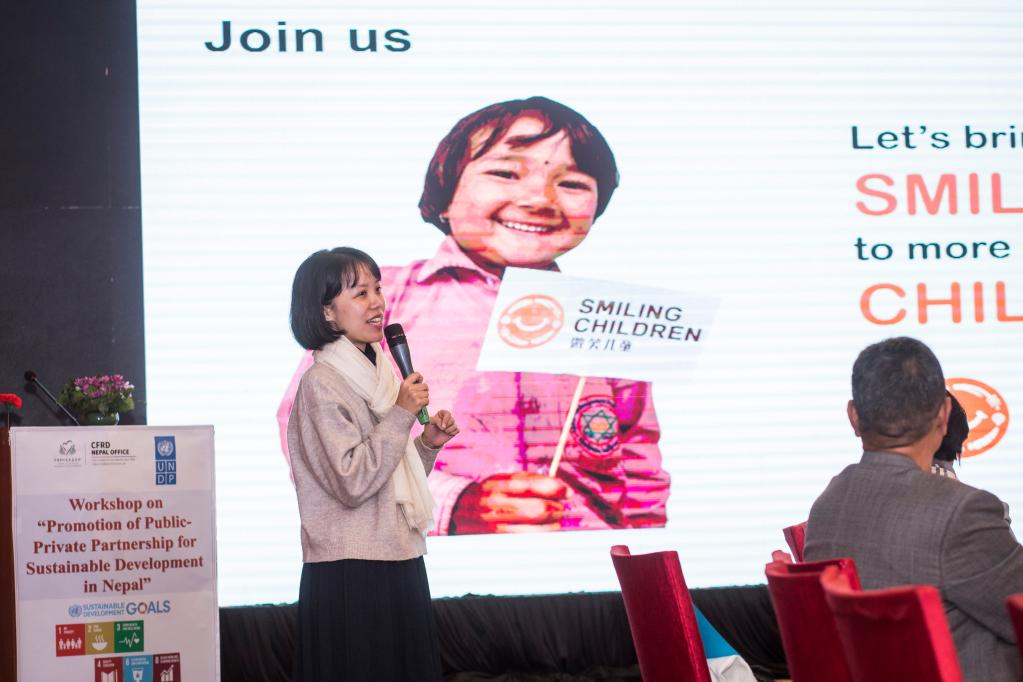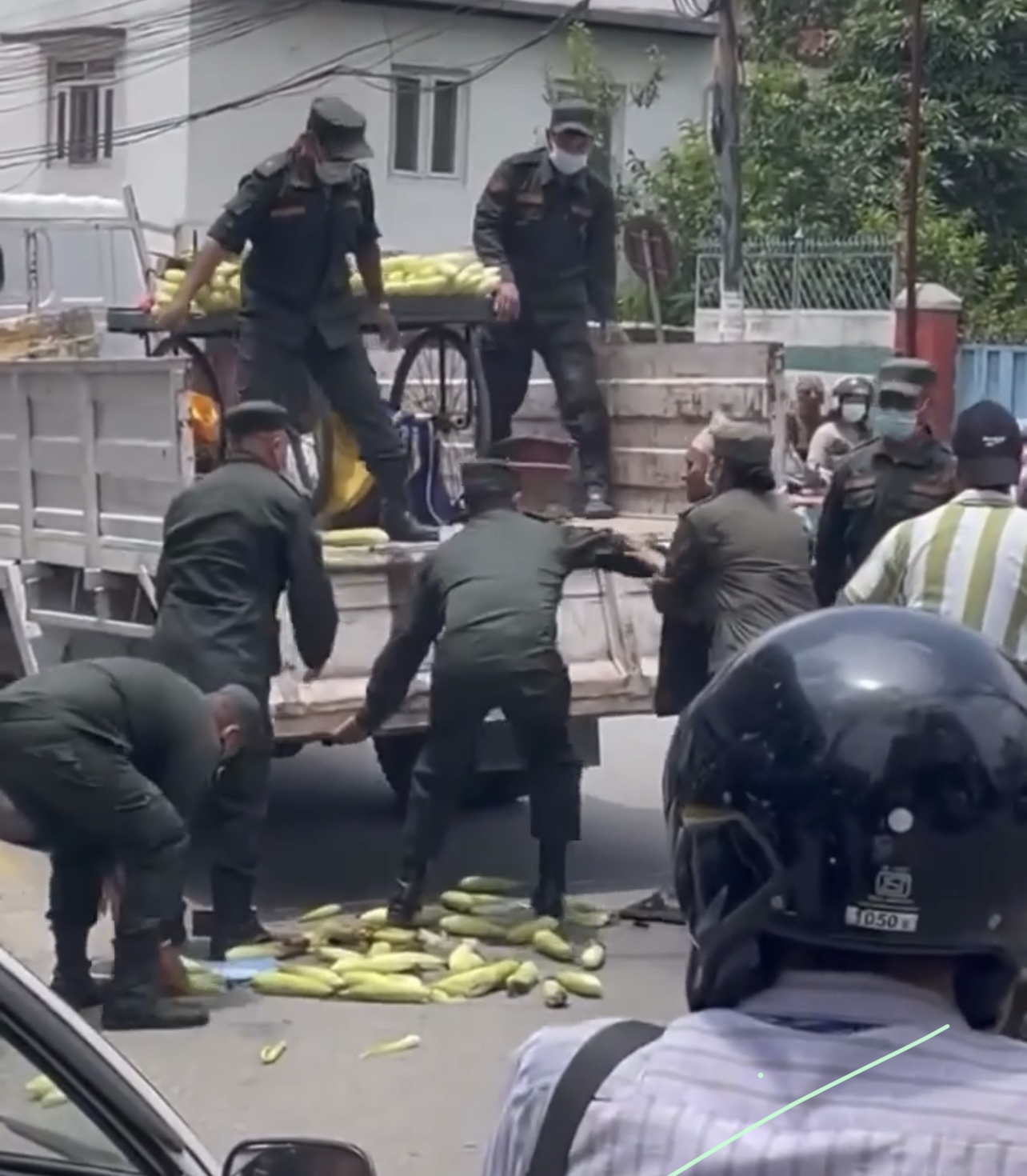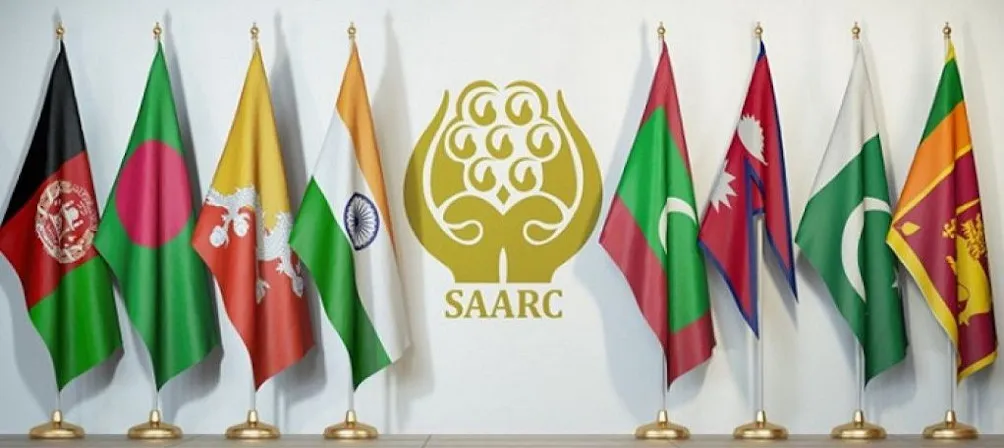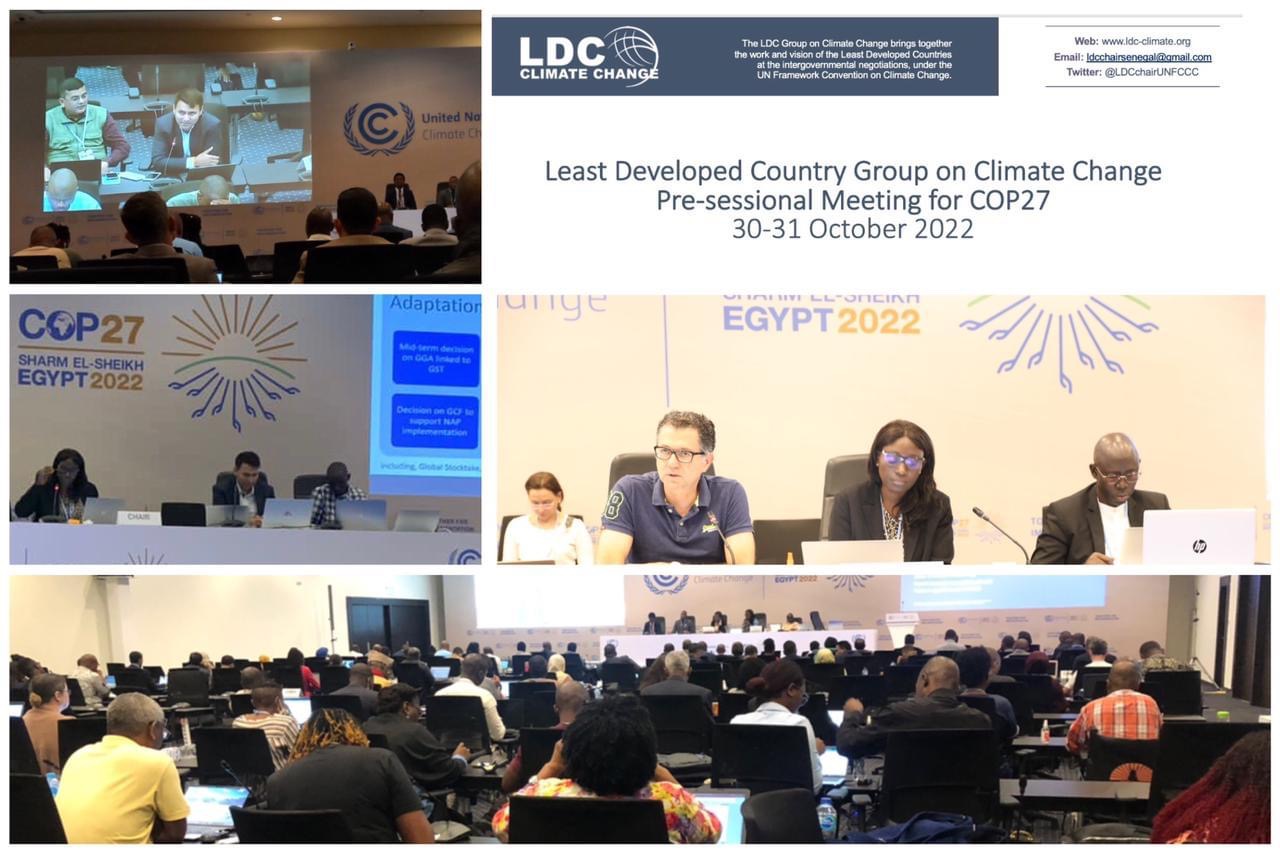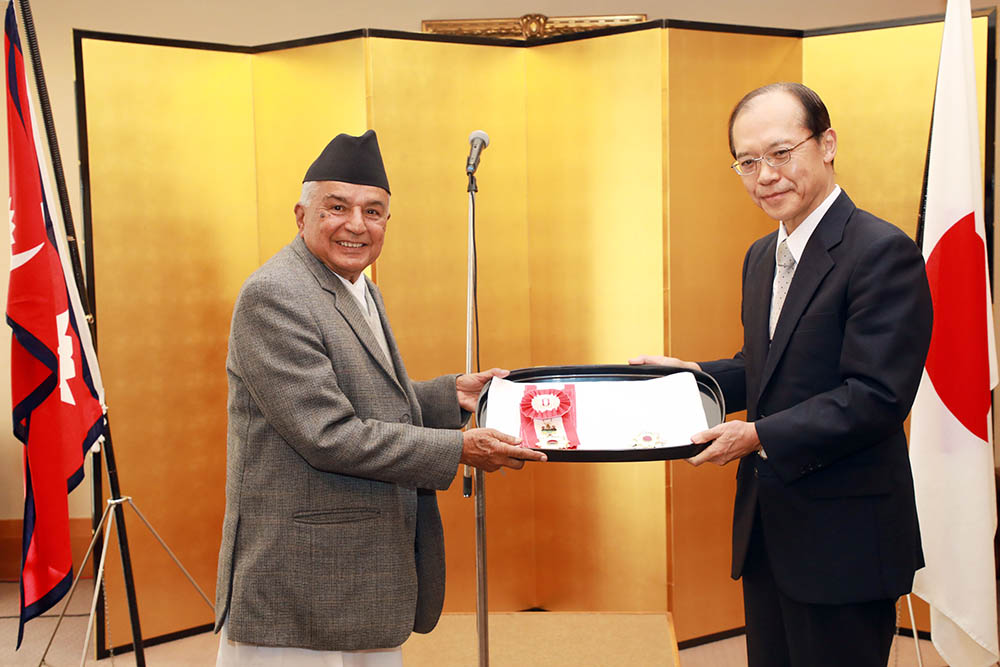Simone Galimberti
Is there any practical way left to re-activate the process of regional coordination under the umbrella of the SAARC? On December 8, the South Asia Association of Regional Cooperation (SAARC) turned 38 and we are not any close to a possible breakthrough that could revamp it.
Pay attention to my initial wording.
I did not mention the word “integration” to describe the SAARC but rather I just referred to it with a much more achievable and more modest term, “coordination”. This choice of words reflects the current state of the SAARC that is almost clinically dead after years and years of life support.
Yet I do believe that people of South Asia should not give up on the noble and profound ideals of overcoming nations’ boundaries and regional rivalries in order to create a better common future.
With the government of Nepal, still formally the chair of the rotating chairmanship of the SAARC, unable to unblock the stalemate that is paralyzing any efforts to boost regional cooperation, perhaps the only way forward would be to convene a People’s SAARC of unprecedented levels and ambition.
Normally the People’s SAARC refers to the gathering of the members of the civil society from all the member nations of the SAARC at the time of a formal governments led and driven SAARC Summit that sees the participation of all the heads of state and government of its member nations.
Without a leaders’ summit, it is hardly conceivable, convention says, to hold a meeting of the civil society. But why should we keep linking and aligning a civil society led and driven process with the formal SAARC process?
People of South Asia should not give up on the noble and profound ideals of overcoming nations’ boundaries and regional rivalries in order to create a better common future.
Can, instead, the civil society lead and drive an “awakening” process that, independently from the shenanigans and quarrels among the SAARC member states, offer a pathway to re-imagine a future where South East Asia is more united and integrated?
In short, the people of South Asia should not afford to renounce to a common path of regional cooperation and perhaps even integration, simply because Pakistan and India are not getting along.
This means, in practice, taking back the initiative and enabling civil society organizations, youths, universities and think tanks to find practical ways to reboot such a process without linking it to the formal SAARC that, as an institution, can’t do anything without its member governments’ nod.
Ideally it should be one government of the region to create the way for non-state actors to take the responsibility of reimagining South Asia as a more united region.
A country like Nepal, still formally the chair of the SAARC and as a nation that hosts the headquarters of its secretariat, could be ideally positioned to support, even financially, such an attempt of revitalization. The new government in Kathmandu could, if equipped with long term vision and commitment towards the region, start brainstorming ways to engage the civil society, the private sector and the individual citizens, to re-think and re-imagine South Asia.
Nepal could work in partnership with few other countries like Bhutan or Bangladesh or Sri Lanka or the Maldives to re-imagine such a process that could be formally known as re-imagine South Asia.
How could this unfold?
First, the governments leading the process should lead but from the backseat in the sense that they should genuinely allow non-state actors the liberty to discuss any imaginable venues to re-energize and re-launch the process of regional cooperation.
I do imagine, for example, a series of multi-stakeholder forums to be held in the capitals of the nations that adhere to re-imagine South Asia initiative.
We could have different tracks, for example, a think tank track, a youth centered and driven track, another led by the private sector and one more steered by national and local NGOs involved in the broad field of human development.
The latter could be divided in thematic sub-groups, each of them focused on some of the major issues affecting people’s human development and wellbeing like education, health and gender empowerment.
Each track should work following the same work structure: Analysis of the problems affecting the region against the achievements of regional cooperation so far on the one hand and concrete propositions to enhance a more united South Asia in the respective areas on the other.
In particular, each track of discussion should try to answer the following questions: How can we achieve more regional cooperation and integration despite the current rivalries? What can be done, in each respective area of policy making, to enhance people’s wellbeing in the region without depending on the will of the political leaders?
At the end, representatives of each track would come together for a second phase of re-imagining South Asia. It is here where all the ideas and propositions would be discussed and debated together with the final goal of having a coherent and holistic roadmap that could be used to revamp the idea of South Asia as a closer and united community of nations.
A final closing ceremony would be held in one of the capitals of the region with parallel events in each of them. The final outcome, not just a declaration but a series of detailed measures and propositions, would offer the strategic “true north” to pursue regional integration for the years to come.
Ideally all the tracks mentioned above could be also accompanied by a citizens’ dimension that could be inspired by the Conference on the Future of Europethat the EU had supported throughout 2021 and the first half of 2022.
While there is no doubt that the Conference was a very ambitious and complex initiative, some of its elements can be adopted and adjusted to the local contexts of South Asia.
Among them, one of the most interesting ones was “atotal of 800 randomly selected citizens, representative of the EU’s sociological and geographical diversity, organized into four Panels of 200 citizens, met for three deliberative sessions each.”
Imagine the power of small gatherings, perhaps facilitated by local government units, local youth groups and NGOs that would enable people to discuss South Asia.
Not an easy task
It is not going to be easy for some members of the SAARC to support this initiative.
First, logistically and financially it can be a mammoth task supporting the organization of a myriad of sessions even if each of the adhering governments could take responsibility to fund one main track of discussion. Besides the technical and financial consideration, we need to make other considerations like their political will to support such an ambitious undertaking.
Realistically speaking, it might hardly be that a nation or a group of them would let the initiative proceed organically and in total freedom without trying to impose a control or oversight, even tacitly, over the process.
Indeed it is indispensable that Re-Imagine South Asia should be led and steered, strategically and on a day to day basis, by non-state actors.This is an essential condition for a genuine, bottom up process that cannot be compromised.
Moreover, a country like Nepal might, for example, feel obliged to get a formal “buy in” from India before starting, something that actually will not be needed because the Re-Imagine South Asia initiative, as conceived, would be entirely out of the formal SAARC process. This regional institution, as we know, depends on the unanimity of all member states and with it is vastly constrained by their veto powers.
Yet psychologically and from its own sense of insecurity and lack of confidence, a country like Nepal might not feel comfortable to initiate such a process without getting first, even an informal nod from New Delhi. An alternative is that the international community, first most the EU, Australia, Canada, the USA, could support the entire initiative.
If this were the case, the preference would be for a member state like Nepal to take ownership and formally lead the process with the financial support from partner nations. Otherwise, the last desirable and less optimal option would be for the international community to support the entire undertaking on its own without involvement of any SAARC governments.
It would not certainly be the best solution but if none of the leaders of the region show vision and foresight, then let the international community step in.
For sure, if this were the case, there would be some pushbacks and criticisms as the international community would come under attack and be maligned with the accusation, under the pretext of a faked bottom up participatory process of regional integration, of “geopolitical engineering” an intervention in matters that only the governments of the region are entitled to deal with.
Ultimately it will be up to the civil society and non-state actors to negotiate true independence and freedom of discussion and deliberation from the “donor” community.
At the end of the day, what really counts is the fact that the people of South Asia keep not only dreaming about a better, more united region but also start coming up with some concrete ideas on how to do it regardless of the stances of their governments.
We can’t be naïve and pretend that an idea like Re-Imagine South Asia would resuscitate the SAARC overnight but at least it would give the political leaders of the region an important signal.
First, they will realize that the citizens of the region do care about a better and more united South Asia. Second, they will understand that the people of the region are aware that their ambitions to prosper are tied with each other’s. That’s why their dreams and aspirations should not be discounted and the political leaders must be clear on this.
Views are personal. ( From – Nepal Live Today )






